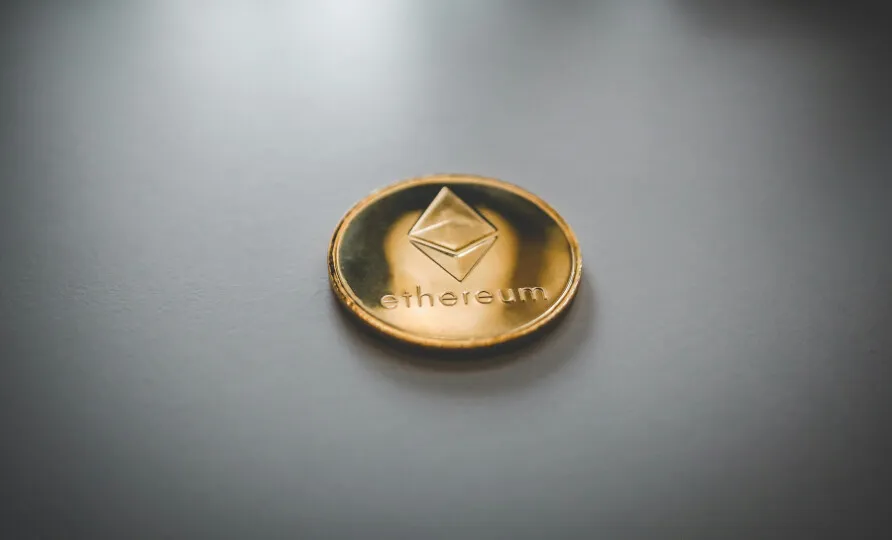App-based revenues keep interest in crypto alive, as more projects showed viable models based on trading fees and commissions. Top DeFi apps lined up as the best performers in H1.
Decentralized apps showed increased activity in H1, and the best ones logged peak earnings. A recovery of DeFi trading, lending and liquidity pools raised fees significantly. Decentralized apps offered better passive earnings with a lower risk profile compared to direct token trading. An inflow of users boosted the revenues of the most well-established apps.
Most of the high-fee apps used Ethereum as their main chain, though some were attempting cross-chain trading and transfers. The earnings reflect a mix of apps and basic chains, both well-established and emerging.
Also Read: Lido DAO token price reveals long-term effects of supply dilution
Monitoring the earnings for top chains and protocols is an attempt to find a set of crypto fundamentals that make a project more reliable. Fees also gauge sentiment, as a return of users and liquidity brings more bullish data.
Protocols have different fee schedules, depending on their structure. Transaction or trading fees make up the income portion. Outlays are in the form of block rewards or incentives. Almost all top earners for H1 have a different structure of revenues and outlays.
The fees and net revenues picture does not directly predict asset value, but it does coincide with the most active trends in Web3 and decentralized apps. Fee structures can also show if the protocol has intrinsic utility, and whether it can share that value with token holders.
Crypto projects are not obliged to pay out dividends, but robust fees can signal the protocol is viable. Some protocols can share the fees in the form of incentives, as in the case of Ethereum.
Top revenue generating protocols in 2024?
Contrary to popular belief, there are several protocols generating substantial revenue in 2024.
Sorted by YTD revenue:
Base – $52m
Lido – $59m
Aerodrome – $85m
Ethena – $93m
Solana – $135m
Maker – $176m
Tron -…
— Thor Hartvigsen (@ThorHartvigsen) July 17, 2024
High fees reflect Ethereum bull market and the growth of Base
Base lined up among the top protocols by offering low-cost access to the chain, and having no outlays for supporting a native token. Base is a tokenless protocol, but still levies gas fees. Recently, meme tokens boosted fees on Base, while also starting to affect network traffic.
Aerodrome, the leading Base decentralized exchange, is also among top earners. Aerodrome was also considered a good candidate to become a ‘fat app’. During short-term trading, Aerodrome fees surpassed those of Base.
LidoDAO also emerged as a top fee protocol, mostly due to taking a cut on all user staking rewards, by acting as an intermediary. LidoDAO has higher costs due to paying out fees and supporting LDO tokens with liquidity on decentralized exchanges.
Ethena also achieved a successful H1, supported by relatively stable Ethereum (ETH) prices and a growth of the USDe stablecoin. Ethena’s main source of revenues are funding fees from providing liquidity to Ethereum traders. Ethena earns from a prevalence of Ethereum long positions, as well as from ETH staking. All Ethena earnings hinge on having a relatively predictable bull market, and the project is seen as a risk due to the unsustainable model.
Also Read: Crypto trading volumes on centralized exchange continue to decline
Solana continues to rebuild its ecosystem in 2023, where the main source of revenues are fees to validators. The Solana chain still has to pay SOL to validators, thus logging a net loss. However, the chain has proven it is not dead, seeing a boom of meme token usage and resumed NFT trading. Solana’s fees also gain a boost from the activity of top validators like Jito and Helius.
MakerDAO also achieves a net profit from the difference of fees and paying out yield for staked DAI. The protocol has earned around $73M on a yearly basis. MakerDAO is more efficient than Aave, which follows a similar model, with lower earning for H1 at $31M. In terms of usage, Aave is catching up with Maker and turning into one of the central lending protocols.
On a short-term basis, Ethereum and TRON also switch places in terms of reported fees. In the longer term, however, Ethereum is still the winner, especially in H1, when the network logged more than $1M in fees. Within the course of a day, Ethereum also marked higher fees compared to Bitcoin. Network load meant average Ethereum transactions cost more than $3, while Bitcoin fees calmed down to under $1.50.
Cryptopolitan reporting by Hristina Vasileva





